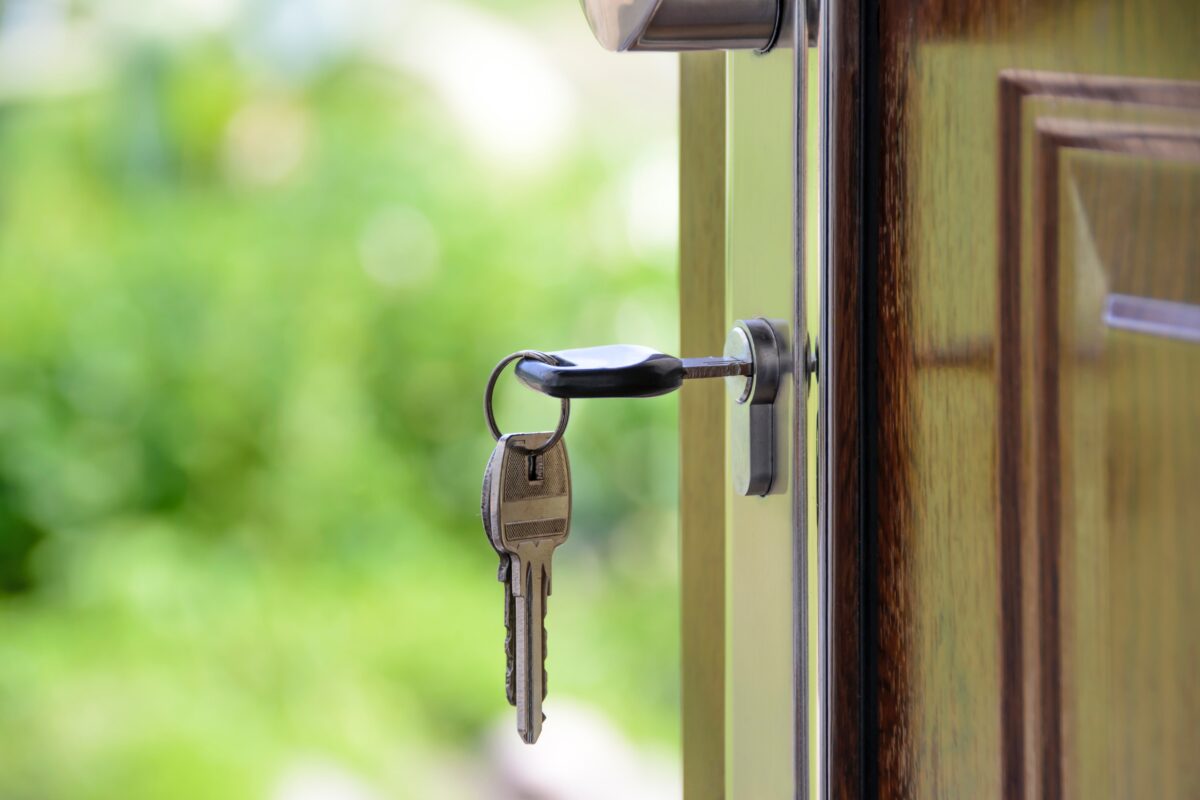33-Year-Old Who Co-Owns 167 Rental Properties Explains The Ups And Downs Of The BRRRR Method

He co-owned his first property at 26-years-old – now at age 33, he owns 167 rental units. In only seven years in the real estate game, Sam Primm developed his portfolio without any 9-to-5 job and became financially free. Primm explains the positives and negatives of the popular BRRRR method
Primm admits that he didn’t have a great deal of wealth or savings to start his venture, but by using other people’s money in the way of loans and mortgages, he was able to start his endeavor into property management.
Primm’s portfolio now reportedly consists of 85 houses and 82 apartments.
Primm subscribes to the “buy, rehab, rent, refinance, and repeat” (BRRRR) investing philosophy.
“He discovered the — while he was renovating his first investment property. His initial goal was to flip and immediately sell the property. This way, he could get a quick payout in cash and then use that money to buy a long-term investment property to rent out. But then he realized there was a faster way,” Insider reported.
“By getting the property rented out and cash-flowing, he could approach a bank and get a cash-out refinance, which would allow him to repay the initial lender and any renovation expenses. The property’s rental income would then cover the mortgage and any other monthly fees,” he explained.
When asked about the BRRR method, Primm noted that the most considerable benefit was utilizing someone else’s money to purchase an asset that grows in value. He also touted that borrowing money allows you to upgrade the property – which means the investment will become more desirable. He also noted that you can rent the property as you make improvements on the property.
He pointed out that during the process, you will gain invaluable experience in finding properties that can be maximized after being rehabbed.
“You’re holding the golden ticket. You’re holding that discounted, distressed property,” Primm told the outlet. “So you can make a lot of money by just selling the property or fixing it up. Because you’re learning how to repair with the BRRRR method. That just opens your avenues up for more multiple streams of income.”
However, Primm also explicated that when you are using the bank’s money that you can get yourself into trouble. He spotlighted the mistake of underestimating the amount of money needed for a renovation or home improvements that cost more than anticipated – such as structural issues.
To combat these potential problems, Primm’s advice is to add 10-20% of your conservative estimates for rehabilitation of the property. He also recommends that you work with a trusted contractor.
Lastly, Primm suggests that being an expert landlord brings in the best tenants.
“There are way more good tenants out there than good landlords,” Primm said. “So if you’re a good landlord and have a good house, you’re going to have your pick of really, really good tenants.”
“People get in trouble when they are lenient or don’t follow their guidelines,” Primm advises. “Have set guidelines, certain credit-score criteria, income criteria, and background check by calling the current landlord.”